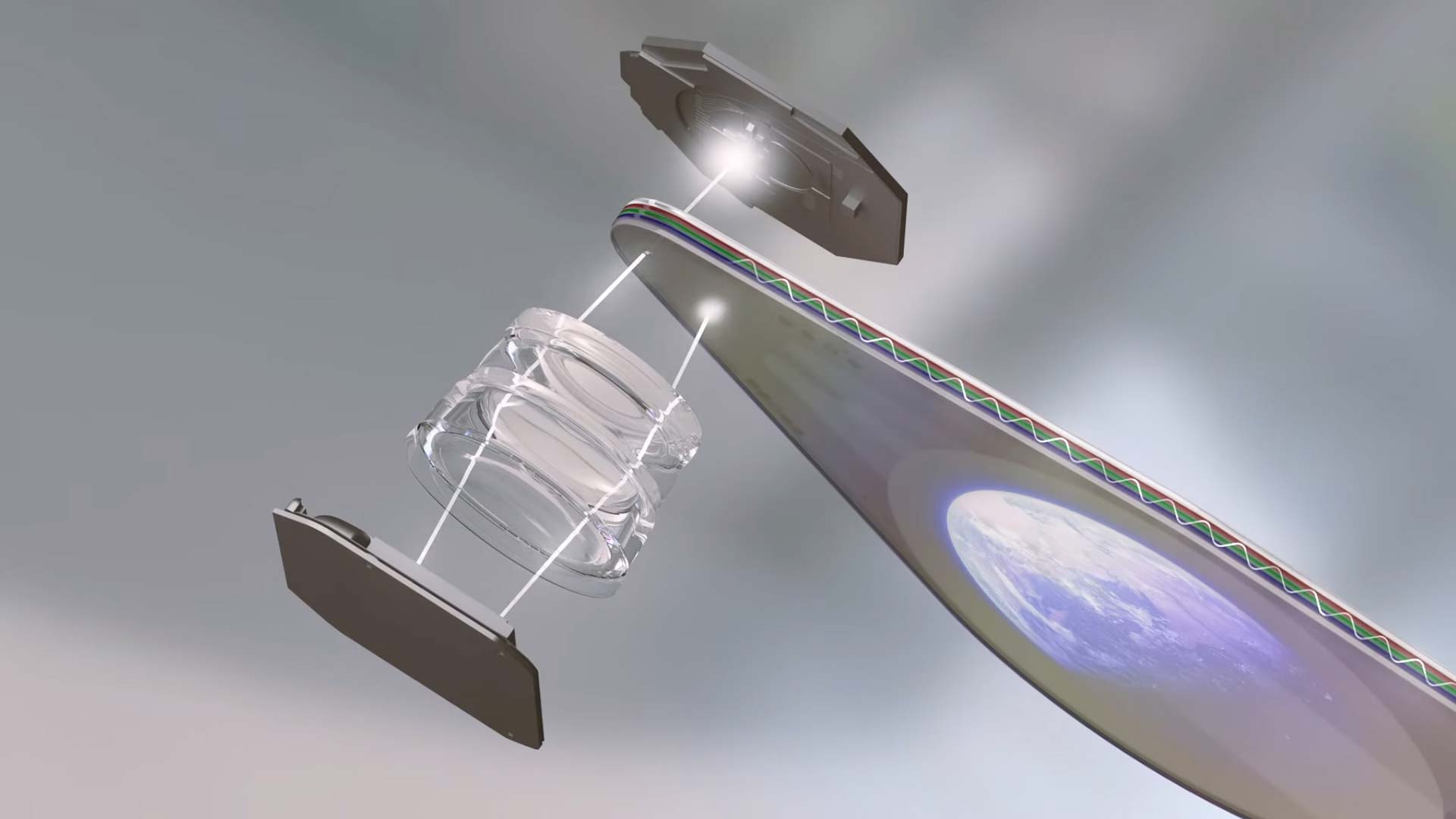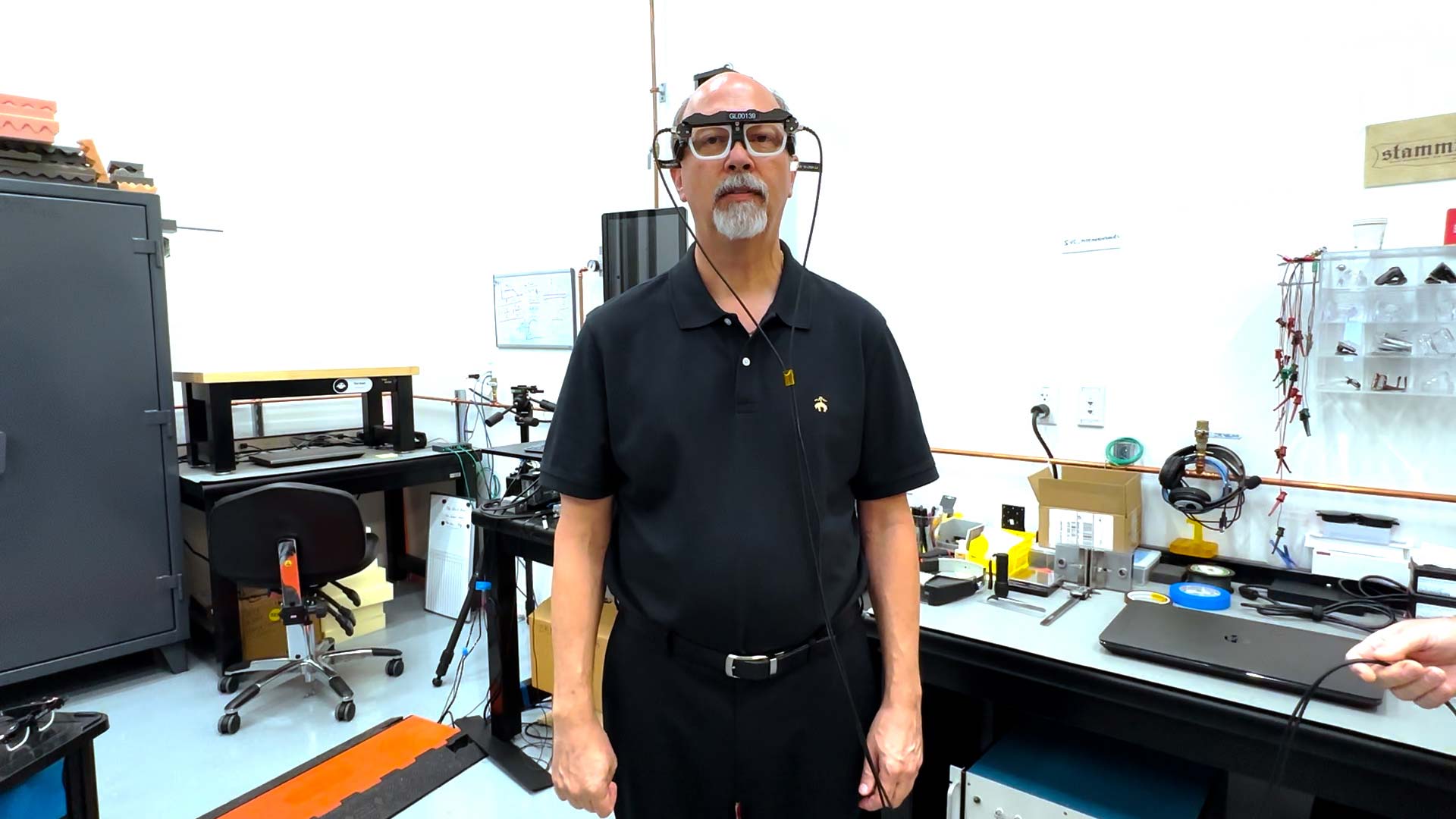When people talk about compelling augmented reality (AR) experiences, they often focus on the digital content. And, of course, without the content there’s no AR experience. To make the experience rich and relevant, you need to be able to see it clearly, comfortably, and authentically.
That’s where vision systems come in. They are finely-tuned holistic systems that combine human-centered design, optical engineering, and a deep understanding of how people perceive the world. This expertise helps us create the clarity and realism that turns digital overlays into immersive and believable experiences.
Exploring Our Vision Systems
Our vision systems are cohesive, high-performance systems that make comfortable AR experiences possible. They include see-through displays, cameras, environmental sensors, eye and head tracking systems, and advanced world understanding algorithms — all interacting with each other in real time. These unified systems ensure digital content appears where it should — anchored in the physical world, stable as you move, and comfortable to view over time.
We create these systems from the ground up, owning every layer of the AR stack. From the glass and silicon of the device to photons and pixels of the projected content, we design it all to work together in harmony. When every part of the system from the projector to the display speaks the same design language, the experience doesn’t just look good, it feels smooth and effortless. That’s the heart of holistic vision system design.
Designing for Visual Comfort
Our designs start with people — how they move, see, and focus. That’s why we’ve collected thousands of 3D head scans, tracked a considerable amount of biometric data points, and conducted extensive comfort surveys — because no two people are the same.
Every one of our design choices is guided by this data and our extensive research into how people perceive depth, motion, brightness, and contrast. As a result we can design for diversity from the outset, so devices fit naturally and stay comfortable hour after hour.
Inside the Optical Engine

At the core of each vision system is a custom-built optical engine. This engine is one of many high-performance systems within our AR devices. Each engine, like the engine of a car, is made up of specialized components that work together to drive things forward — in this case, a polished AR experience.
The best way to understand the optical engine is to follow a beam of light from within the device to the moment it hits your eye. First, the light is generated by a micro-display engine comprised of precisely-engineered lenses within the frame of the device. From there it enters our state-of-the-art waveguides.
While most components of the visual system, like the display engine and sensors, are tucked away inside the device and out of sight, the waveguides are different. They’re front and center — transparent displays that make see-through AR possible.
The projected light passes through the microscopic channels in the waveguides where it is aligned to create a brilliant image. Digital content is layered right over the world in front of you, sharp, stable, and comfortable.
Perception Engines: Made for Motion
We design for comfort and clarity, but the real test is motion. Our world isn’t static, and neither are we. We move our eyes, heads, and bodies — which is why our vision systems are designed with motion in mind. This is where the perception engine comes into play.
If the digital content jitters, drifts away, or appears in front or behind objects in the physical world in unexpected ways it can be jarring, appear as a mistake or broken which can cause discomfort. The perception engine uses cameras and sensors to detect the space you’re in and what you’re looking at. It then dynamically adjusts the image to keep content right where it belongs, ensuring what you experience is what you expect.
When you look at a menu written in a different language, the translation hovers next to the menu entry instead of sliding away across the table because the perception engine detects where you have the menu placed in your eyesight. Or when you’re touring a museum, supplemental content appears firmly anchored in the space around a sculpture even as you move and study it from every angle.
Clarity That Feels Effortless and Authentic
A useful and great experience needs an AR vision that works together. Our holistic approach integrates human-centered design, world-class optics, and advanced perceptual engineering to turn complex technology into an intuitive, fluid, and immersive experience. That’s the essence of Magic Leap’s vision systems: crafted for clarity, optimized for comfort, and designed to transform the way we experience the world.
Learn more about how we design and test our vision systems.
